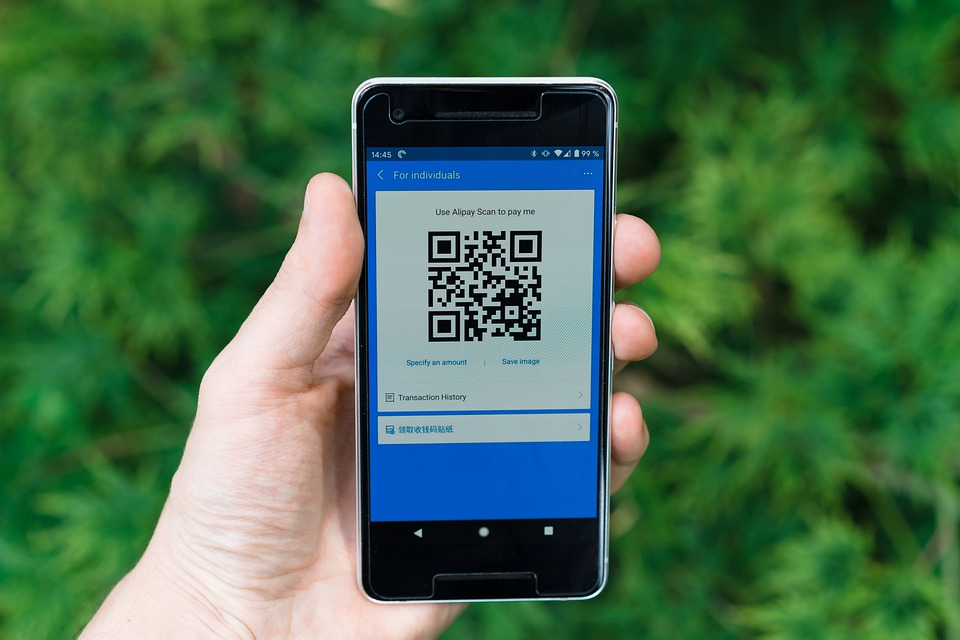Thanks to the revival and adoption of QR codes we are starting to see growing adoption in OOH, turning stagnant billboards into immersive AR, video or digital shopping experiences with just a scan. James Lane, MD, Redbus Media discuss the power of interactive outdoor campaigns in helping brands create an emotional and memorable impact.
There is no doubt that the pandemic has transformed our industry. Digital first experiences were pushed to the forefront and naturally audience expectations of these experiences have increased. This however hasn’t just been limited to digital only channels – it is something we are seeing in out-of-home advertising too. Thanks to the revival and adoption of QR codes, out of home media has been transformed into a platform for immersive augmented reality (AR), video and digital shopping with just a simple scan.
This refreshed digital mindset is something that is very much expected to stick and uptick in the use of QR codes is just one of the ways we are seeing marketers adapt to better engage with consumers.
Amongst the younger generation, research from KIBO and Drapers show this attitude towards digital is front of mind with 28% of Gen Zers likely to continue to shop virtually. As they move into their prime earning and purchasing years, this generation will become some of the nation’s biggest spenders.
However, marketing to Gen Z can be a complex task. This generation is tech-dependant and much savvier when it comes to advertising. In addition to buying things, they want to experience new adventures, and brands need to ensure they are building interactive, unique touchpoints to capture their attention. Honing into specific audiences within this demographic is the key to successful marketing, and with 25% of students spending more money than ever before, this is a key audience brands should focus on.
How the landscape has changed
Every industry evolves over the years, and it’s safe to say the pandemic has accelerated change like never before. During lockdown people were forced to buy online, and this trend isn’t likely to change, with only 16% of UK consumers saying they intend to return to their old shopping habits.
Whilst OOH has always been acknowledged for its capability to drive footfall in bricks-and-mortar stores, as lockdown restrictions lift, marketers are also recognising the power impactful digital OOH campaigns can play in driving customers to online purchases.
Developments in technology and the use of data are helping brands build effective campaigns that excite and capture the attention of onlookers in non-invasive and hyper-relevant ways. And for Gen Zers this is important.
QR codes and the Gen Z appeal
As the first digitally native generation, Gen Z is constantly looking for more immersive and authentic experiences. With a preference to digital communication over face-to-face interaction, the recent widespread adoption of QR codes has been huge amongst this audience.
While the use of these codes was predominantly to make more processes contactless and safer during the pandemic, they are also making life a lot easier in a touchless world, with Scanova revealing 47% of consumers are in agreement. And with a good 39% wanting to see QR Codes used more broadly in the future, the integration of these codes into OOH is just one way to appeal to Gen
Z’s appetite for new experiences, fashion and fast purchasing habits. University is a prime example of a period where students are eager to try and buy new things – with 34% expressing an interest in seeking out new brands, (44% in London), this moment in time is crucial.
The student OOH opportunity
With the start of a new academic year and a record number of students set to hit campus, brands have a real opportunity to reengage and build greater affinity with the student community. Our findings show just as students spending habits are increasing, so is their desire to get back out into the world. This presents brands with significant opportunity to engage with this hugely perceptive and digital-first audience with more personalised and strategic messaging through OOH.
As the world continues to adapt to Gen Z’s buying habits, appetite for digital OOH is only going to continue to grow as an effective way to reach this audience. And adopting QR codes has and will continue to change the way we interact and purchase. So, with more people set to hit campus this September than ever before, brands must take hold of this incredible opportunity to reach a surplus market of first-time and returning students and potentially build lifelong brand affinity.

